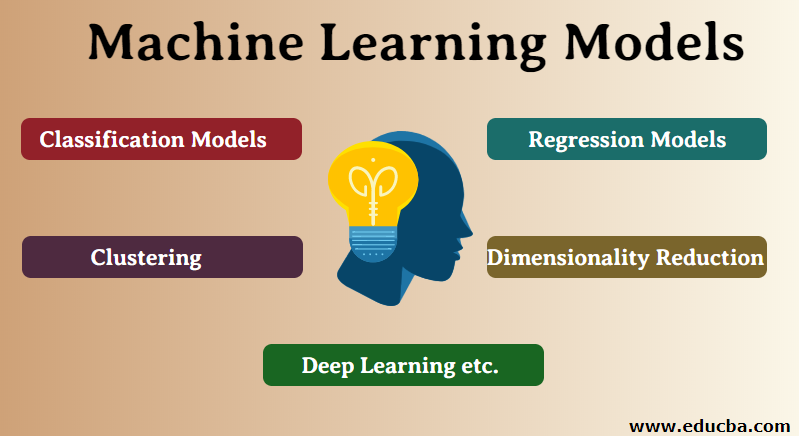Artificial Intelligence solutions and Machine Learning go hand-in-hand. Together they have the power to make ground-breaking changes in the field of science. Machine Learning, in particular, has emerged as a revolutionary technology that holds immense potential to transform industries and revolutionize how we solve complex problems. Machine Learning Models are the backbone of many smart devices and processes.
Machine Learning models do not require explicit programming. They learn from the history and data fed to the computers. These models possess the ability to learn from data, identify patterns, make predictions, and uncover valuable insights. Our topic of examination today is the power of Machine Learning models and how we can harness this. We will also see how it impacts different industries.
Power of ML Models
1. Pattern Recognition and Prediction
One of the most remarkable aspects of machine learning models is their ability to recognize patterns in vast amounts of data. Through a process called training, these models analyze historical data, identify meaningful correlations, and learn to make predictions or classifications. As mentioned earlier, ML models are not explicitly programmed like most programs and software. Rather these models are trained through data input. They excel at predicting and analyzing data.
Whether it’s predicting customer behavior, stock market trends, disease diagnoses, or even natural language processing, machine learning models can uncover hidden patterns and generate accurate predictions, enabling businesses to make informed decisions and gain a competitive edge.
2. Personalized Recommendations
Ever wondered how Google, Social Media Sites, Different websites, and search engines start suggesting pages and deals of our interest? How do these e-Commerce sites recommend products and services? ML algorithms are behind the smart nature of computers. Machine learning models are instrumental in providing personalized recommendations in various sectors. Many e-Commerce platforms suggest products based on a user’s browsing history to streaming services. Others recommend movies based on viewing habits. Everything we see online, in terms of recommendations and ads, shows the power of ML models.
Machine learning models leverage vast amounts of user data to deliver tailored suggestions and recommendations to different users. These models analyze user preferences, behaviors, and demographics and utilize advanced algorithms to make accurate and relevant recommendations. AI models not only enhance user experience but also drive customer engagement through hyper-personalization.
3. Natural Language Processing
This particular power and application of ML algorithms are quite fascinating. It allows smooth interaction between humans and machines where machines interpret the human conversation. NLP techniques allow machines to understand, decipher, analyze, read, and speak human language. Machines now read and understand the text. Machine learning models excel in natural language processing (NLP), enabling computers to understand and interpret human language.
By processing text, speech, and unstructured data, NLP models can perform sentiment analysis, language translation, chatbot interactions, and information extraction. NLP-powered models, such as language models and question-answering systems, have revolutionized the way we interact with technology, enabling advanced voice assistants and facilitating efficient information retrieval.
4. Image and Object Recognition
Machine learning models have revolutionized computer vision by enabling accurate image and object recognition. Convolutional Neural Networks (CNNs), a class of machine learning models, excel at analyzing and categorizing visual data. Applications range from facial recognition for biometric security to autonomous vehicles detecting pedestrians and objects in their environment. These models can process and interpret images, enabling advancements in fields like healthcare, manufacturing, and surveillance.
5. Anomaly Detection and Fraud Prevention
Machine learning models are highly effective in detecting anomalies and fraudulent activities by analyzing complex data patterns. Ever wondered how certain emails bypass your inbox and go straight to the junk folder? This is the power of Machine Learning Models. By training on large datasets, these models can identify deviations from normal behavior and raise alerts for potential fraud. This capability is invaluable for financial institutions, cybersecurity, and fraud prevention systems, saving organizations substantial losses and ensuring data integrity.
6. Enhanced Decision-Making
Machine learning models empower businesses to make data-driven decisions. By leveraging historical data, these models can uncover insights, perform complex analyses, and identify trends that humans might overlook. This enables organizations to optimize processes, improve efficiency, and make informed decisions that maximize outcomes and minimize risks.
Conclusion
Machine learning models represent a paradigm shift in how we leverage data and extract value from it. Their power and capabilities extend across multiple domains, enabling accurate predictions, personalized recommendations, natural language understanding, image recognition, anomaly detection, and enhanced decision-making. As machine learning continues to evolve, we can expect even more sophisticated models and applications that will shape industries, drive innovation, and unlock new possibilities. Embracing the potential of machine learning models is essential for businesses to stay competitive in the data-driven era and unleash their true power for transformative outcomes.








